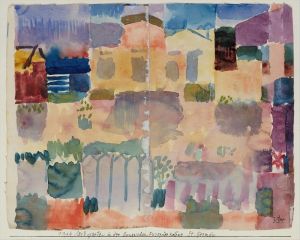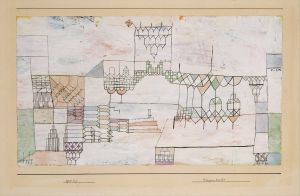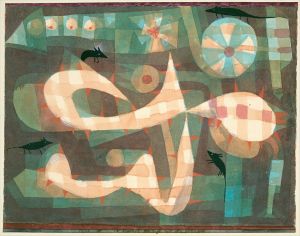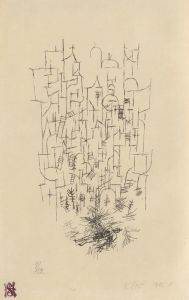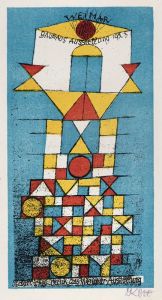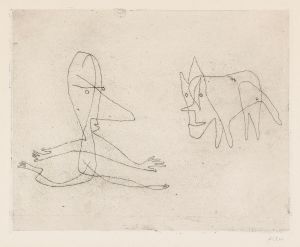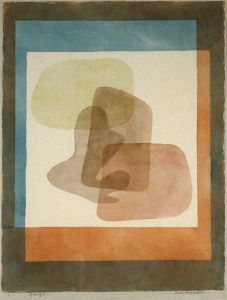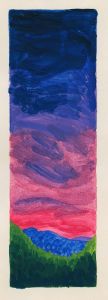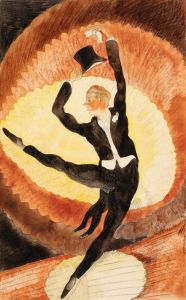
Drohendes Haupt
A hand-painted replica of Paul Klee’s masterpiece Drohendes Haupt, meticulously crafted by professional artists to capture the true essence of the original. Each piece is created with museum-quality canvas and rare mineral pigments, carefully painted by experienced artists with delicate brushstrokes and rich, layered colors to perfectly recreate the texture of the original artwork. Unlike machine-printed reproductions, this hand-painted version brings the painting to life, infused with the artist’s emotions and skill in every stroke. Whether for personal collection or home decoration, it instantly elevates the artistic atmosphere of any space.
Paul Klee's "Drohendes Haupt," translated as "Threatening Head," is a notable work by the Swiss-born German artist, created in 1929. Klee, a prominent figure in the early 20th-century art world, was associated with various movements, including Expressionism, Cubism, and Surrealism. His work is characterized by a unique style that combines elements of abstraction with a playful use of color and form.
"Drohendes Haupt" is a part of Klee's exploration of the human condition and psychological themes, which he often depicted through abstract and symbolic imagery. The painting features a large, looming head, rendered in a style that is both abstract and expressive. The head appears to dominate the composition, creating a sense of tension and unease, which is consistent with the title's implication of threat or menace.
Klee's use of color in "Drohendes Haupt" is particularly noteworthy. He employs a palette that includes muted tones, which contribute to the painting's somber and foreboding atmosphere. The colors are applied in a manner that emphasizes the texture and depth of the work, showcasing Klee's mastery of color theory and his ability to evoke emotion through visual means.
The painting reflects Klee's interest in the subconscious and the inner workings of the mind, themes that were prevalent in the art world during the late 1920s and early 1930s. This period was marked by a growing fascination with psychoanalysis and the exploration of dreams and the unconscious, influenced by the work of Sigmund Freud and Carl Jung. Klee, like many of his contemporaries, was intrigued by these ideas and incorporated them into his art.
"Drohendes Haupt" is also indicative of Klee's innovative approach to composition and form. He often experimented with different techniques and materials, and his work is characterized by a fluidity that allows for multiple interpretations. The abstract nature of the painting invites viewers to engage with it on a personal level, drawing their own meanings and connections from the imagery.
Throughout his career, Klee was associated with the Bauhaus, a revolutionary school of art, architecture, and design in Germany. His time at the Bauhaus, from 1921 to 1931, was highly influential in the development of his artistic style. During this period, Klee was exposed to a diverse range of artistic ideas and practices, which he integrated into his work, including "Drohendes Haupt."
Today, Paul Klee is celebrated as one of the most important artists of the 20th century, and his works are held in major collections around the world. "Drohendes Haupt" remains a significant piece within his oeuvre, exemplifying his ability to blend abstraction with emotional depth and intellectual inquiry. The painting continues to be studied and appreciated for its innovative approach and its reflection of the complex cultural and psychological themes of its time.





